 Facebook
Facebook
 X
X
 Instagram
Instagram
 TikTok
TikTok
 Youtube
Youtube
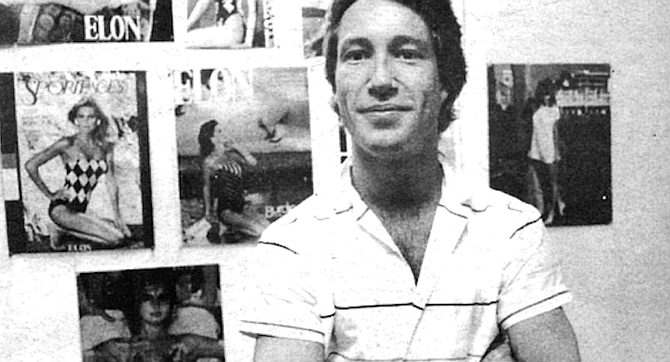
There's something incongruous about a national trend-setting taking place within the Elon building in downtown San Diego. It’s a faded hulk of a place built as a public works project during the Second World War. Before the move, Taliaferro’s father ran his operation out of another building at Eighth and Market.
By Jeannette DeWyze, March 1, 1984 Read full article
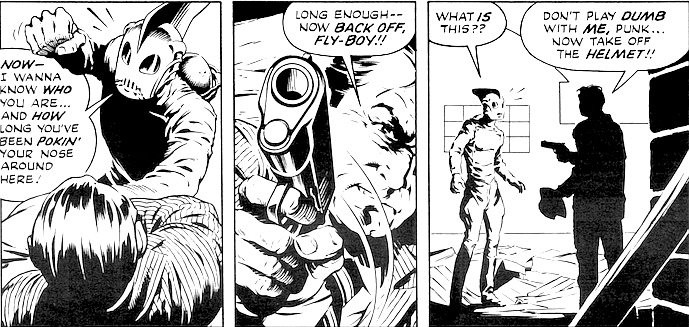
The boys then joined the nascent San Diego Comic Book Club, which convened some of its meetings in the Schanes living room. Richard Alf, Richard Butner, Barry Alfonso, and Shel Dorf were some of the members. Dorf is now the lifetime president of the San Diego Comic Convention, considered one of the two most complete conventions in the country.
By Joe Applegate, Sept. 30, 1982 Read full article
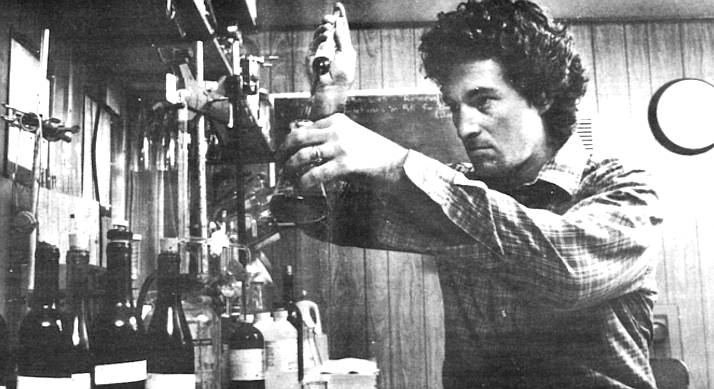
"Wine people tend to be a little snobbish, and when you have a fancy dinner party you want to put a cabernet or a [French] bordeaux on the table. Nobody puts gamay on the table at a fancy dinner party, and that’s San Pasqual's number-one red wine.”
By Gordon Smith, Feb. 16, 1984 Read full article
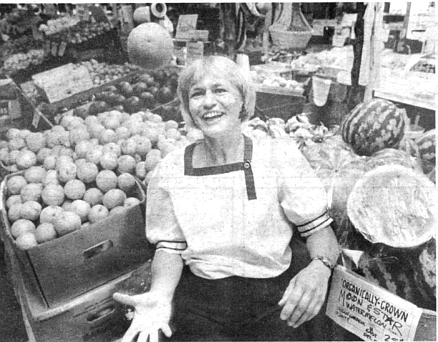
One by one the activists have left and the countercultural landmarks have passed away: the OB Rag, the OB Free School, the Community School. The Left Bank, once a cauldron of leftist idealism, has been reincarnated as Peninsula Bank. Only the venerable Newport Avenue head shop, the Black, and People’s Food have survived.
By Jeannette DeWyze, Oct. 11, 1984 Read full article
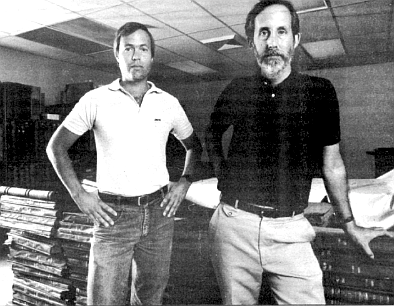
“What hotel was razed to make way for the U.S. Grant?” (the Horton) or “What did Mission Bay used to be called?” (False Bay) or “What survivor of the shootout at the OK Corral lived briefly in San Diego?” (Wyatt Earp). Child’s stuff! Grade B trivia. So I hit Crawford with some grade A. He snagged on “What year did the fountain in Horton Plaza freeze?”
By Stephen Meyer, Oct. 4, 1984 Read full article
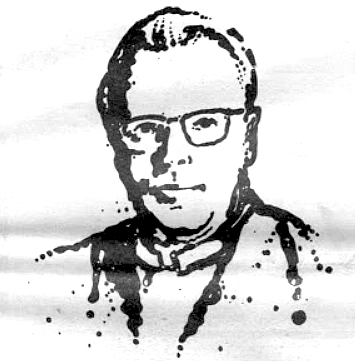
“He holds the power of life and death over us,” explains one local priest, “if you regard the difference between having the church in La Jolla or the one in Calexico as life or death.” The bishop is regarded by priests as much more than a boss; he’s the chief shepherd, the father, the policeman, and he’s bound to them by bonds of law as well as brotherhood.
By Jeannette DeWyze and Neal Matthews, Aug. 23, 1984


There's something incongruous about a national trend-setting taking place within the Elon building in downtown San Diego. It’s a faded hulk of a place built as a public works project during the Second World War. Before the move, Taliaferro’s father ran his operation out of another building at Eighth and Market.
By Jeannette DeWyze, March 1, 1984 Read full article

The boys then joined the nascent San Diego Comic Book Club, which convened some of its meetings in the Schanes living room. Richard Alf, Richard Butner, Barry Alfonso, and Shel Dorf were some of the members. Dorf is now the lifetime president of the San Diego Comic Convention, considered one of the two most complete conventions in the country.
By Joe Applegate, Sept. 30, 1982 Read full article

"Wine people tend to be a little snobbish, and when you have a fancy dinner party you want to put a cabernet or a [French] bordeaux on the table. Nobody puts gamay on the table at a fancy dinner party, and that’s San Pasqual's number-one red wine.”
By Gordon Smith, Feb. 16, 1984 Read full article

One by one the activists have left and the countercultural landmarks have passed away: the OB Rag, the OB Free School, the Community School. The Left Bank, once a cauldron of leftist idealism, has been reincarnated as Peninsula Bank. Only the venerable Newport Avenue head shop, the Black, and People’s Food have survived.
By Jeannette DeWyze, Oct. 11, 1984 Read full article

“What hotel was razed to make way for the U.S. Grant?” (the Horton) or “What did Mission Bay used to be called?” (False Bay) or “What survivor of the shootout at the OK Corral lived briefly in San Diego?” (Wyatt Earp). Child’s stuff! Grade B trivia. So I hit Crawford with some grade A. He snagged on “What year did the fountain in Horton Plaza freeze?”
By Stephen Meyer, Oct. 4, 1984 Read full article

“He holds the power of life and death over us,” explains one local priest, “if you regard the difference between having the church in La Jolla or the one in Calexico as life or death.” The bishop is regarded by priests as much more than a boss; he’s the chief shepherd, the father, the policeman, and he’s bound to them by bonds of law as well as brotherhood.
By Jeannette DeWyze and Neal Matthews, Aug. 23, 1984
Comments